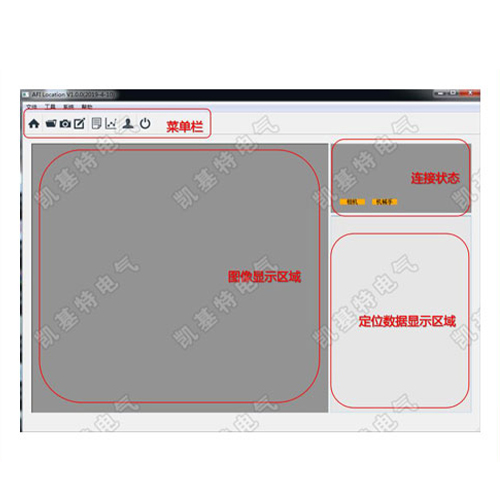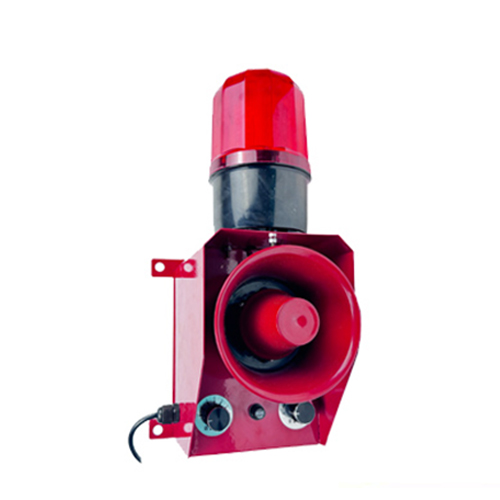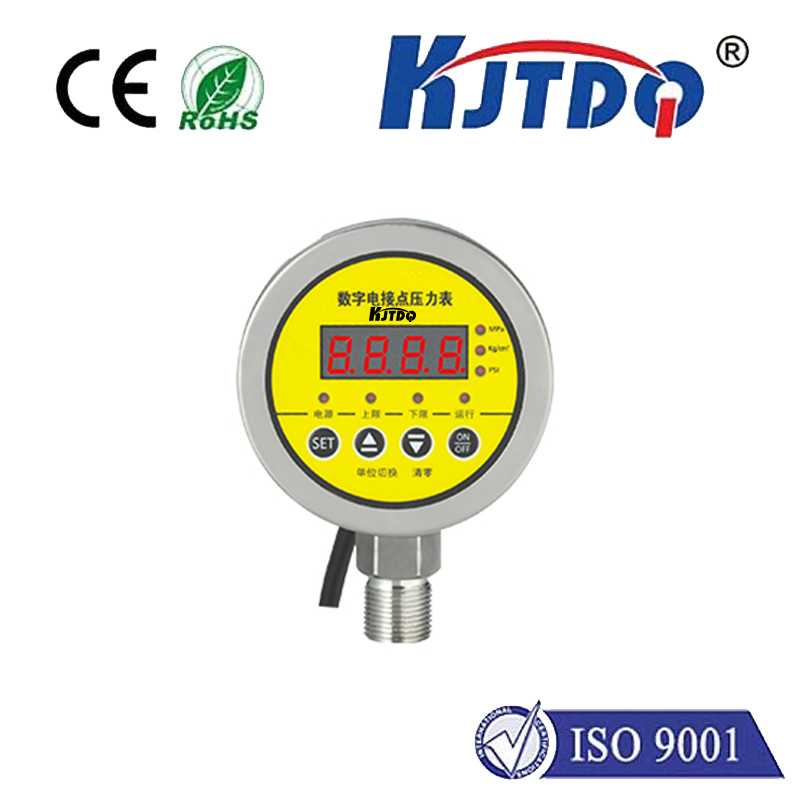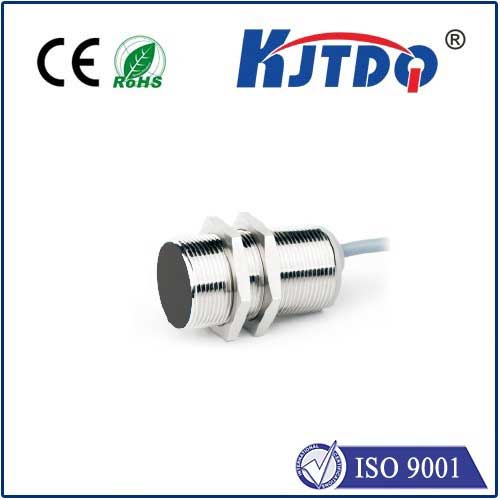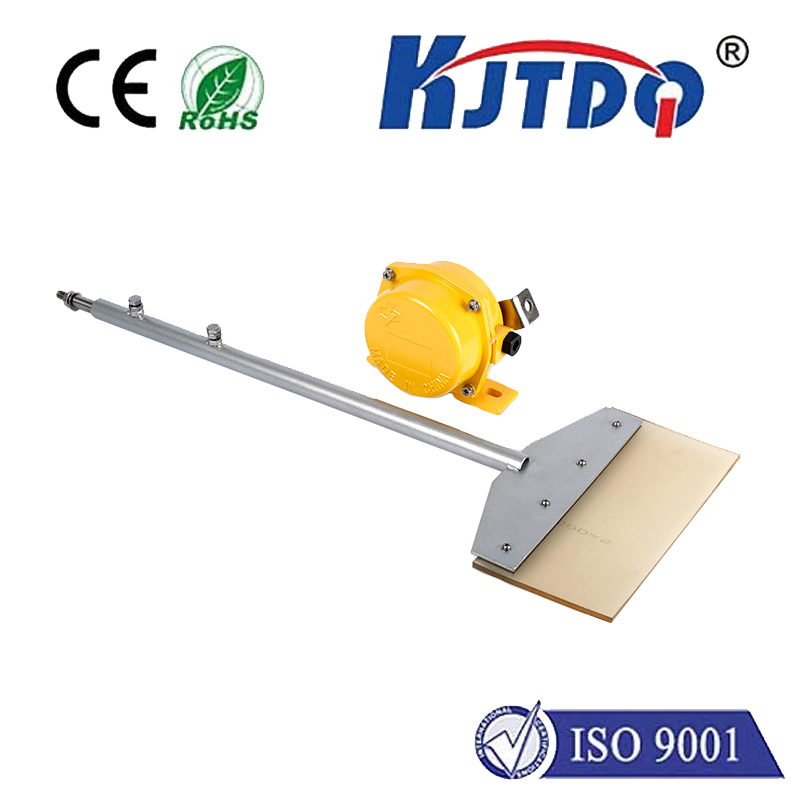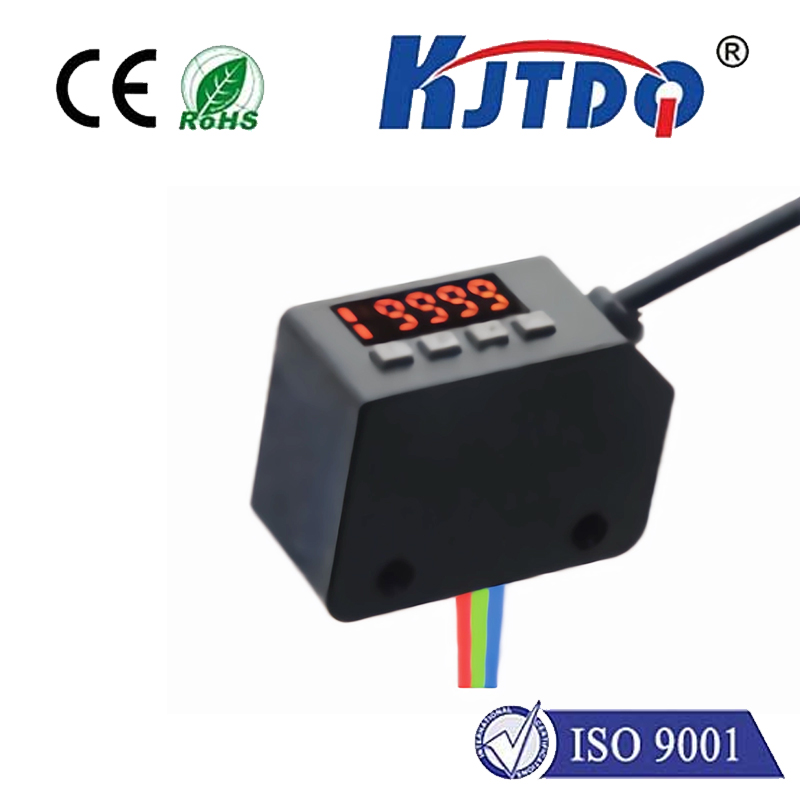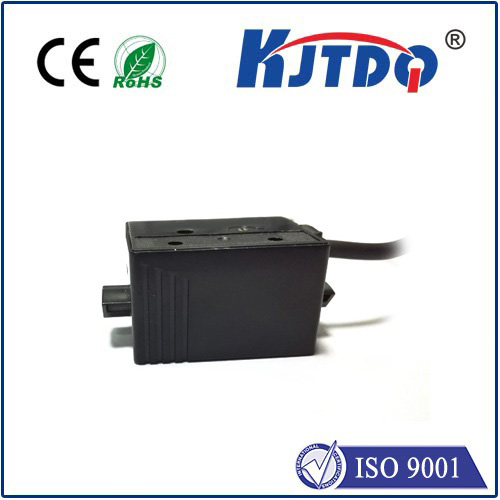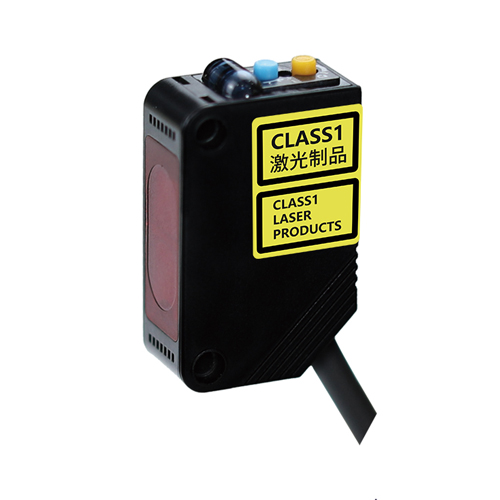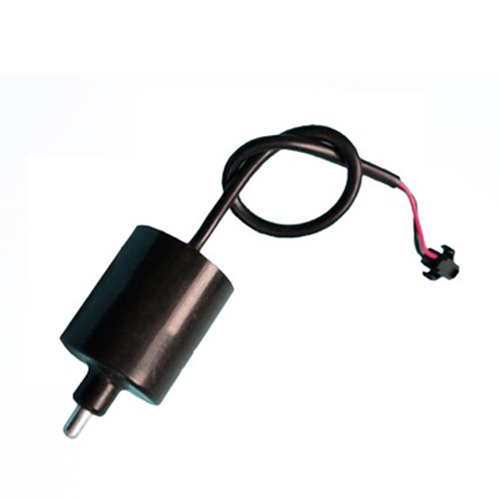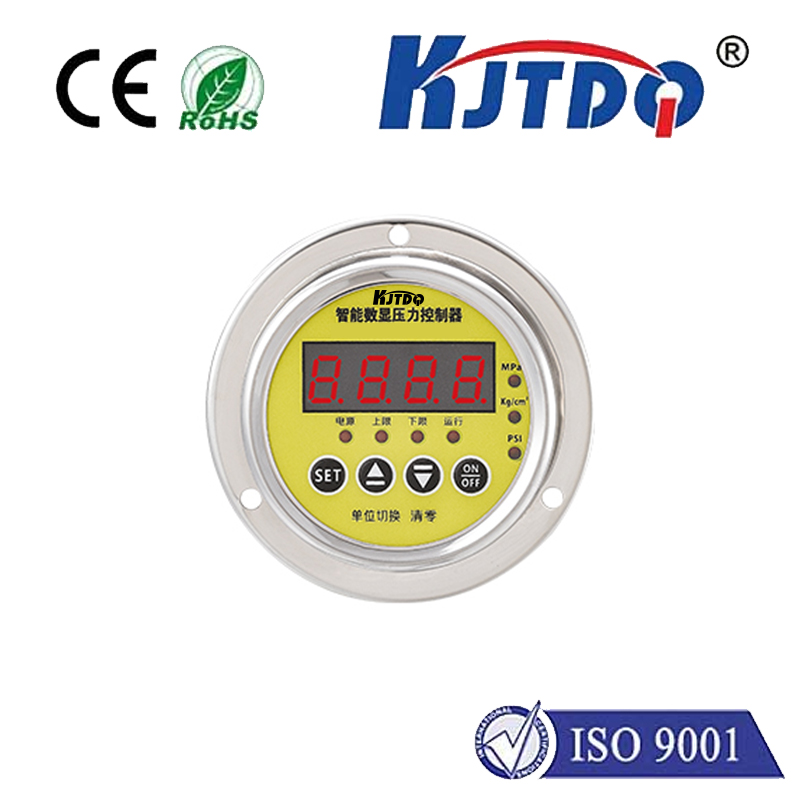

check

check

check

check
Radar Sensor Range: Enhancing Safety and Efficiency in Modern Systems
In today’s rapidly evolving technological landscape, radar sensors have become indispensable in various industries, from automotive to aerospace, and even in everyday life. At the heart of these applications lies the radar sensor range — the distance at which a radar can detect objects or reflect signals. Understanding and optimizing this range is crucial for ensuring accurate data collection, efficient system operation, and enhanced safety.
A radar sensor operates by emitting electromagnetic waves and measuring the time it takes for the waves to return after reflecting off an object. This time is used to calculate the distance to the object, which is then converted into a usable measurement. The sensor’s range is determined by several factors, including the frequency of the radar signal, the power of the transmitter, and the sensitivity of the receiver. A higher frequency radar can offer greater precision but may have a shorter range, while a lower frequency radar can cover a larger area but may be less accurate.

In automotive applications, radar sensors are used for automatic braking systems, adaptive cruise control, and collision avoidance. These systems rely on the radar sensor’s ability to detect obstacles within a specific range, allowing the vehicle to respond in real time. For example, a typical automotive radar system might have a range of 100 meters, providing sufficient time for the vehicle to react to potential collisions. However, as technology advances, modern systems are designed to have longer ranges, often up to 200 meters or more, depending on the vehicle and the environment.
In industrial settings, radar sensors are used for monitoring equipment, detecting movement, and ensuring safe operations. For instance, in manufacturing plants, radar sensors can be used to monitor the movement of materials and machinery, reducing the risk of accidents and improving workflow efficiency. The range of these sensors is often tailored to the specific needs of the environment, ensuring that they can detect objects within the required area without being affected by obstacles or interference.
Another important consideration is the integration of radar sensors with other technologies, such as LiDAR and cameras, to create a more comprehensive sensing system. This integration allows for multi-modal data collection, which can improve the accuracy and reliability of the system. The radar sensor range plays a vital role in this integration, as it determines the effective distance over which the system can operate.
As the demand for intelligent and automated systems grows, the importance of radar sensor range continues to increase. With advancements in signal processing and antenna technology, radar sensors are becoming more sensitive and accurate, enabling them to detect objects at greater distances. This improvement not only enhances safety but also allows for more efficient and responsive systems.
In conclusion, the radar sensor range is a critical factor in the performance and reliability of modern systems. Whether it’s in automotive, industrial, or aerospace applications, the ability to accurately detect and measure objects within a specific range is essential. As technology continues to evolve, the optimization of radar sensor range will remain a key focus for developers and engineers, ensuring that these systems are both safe and efficient.
